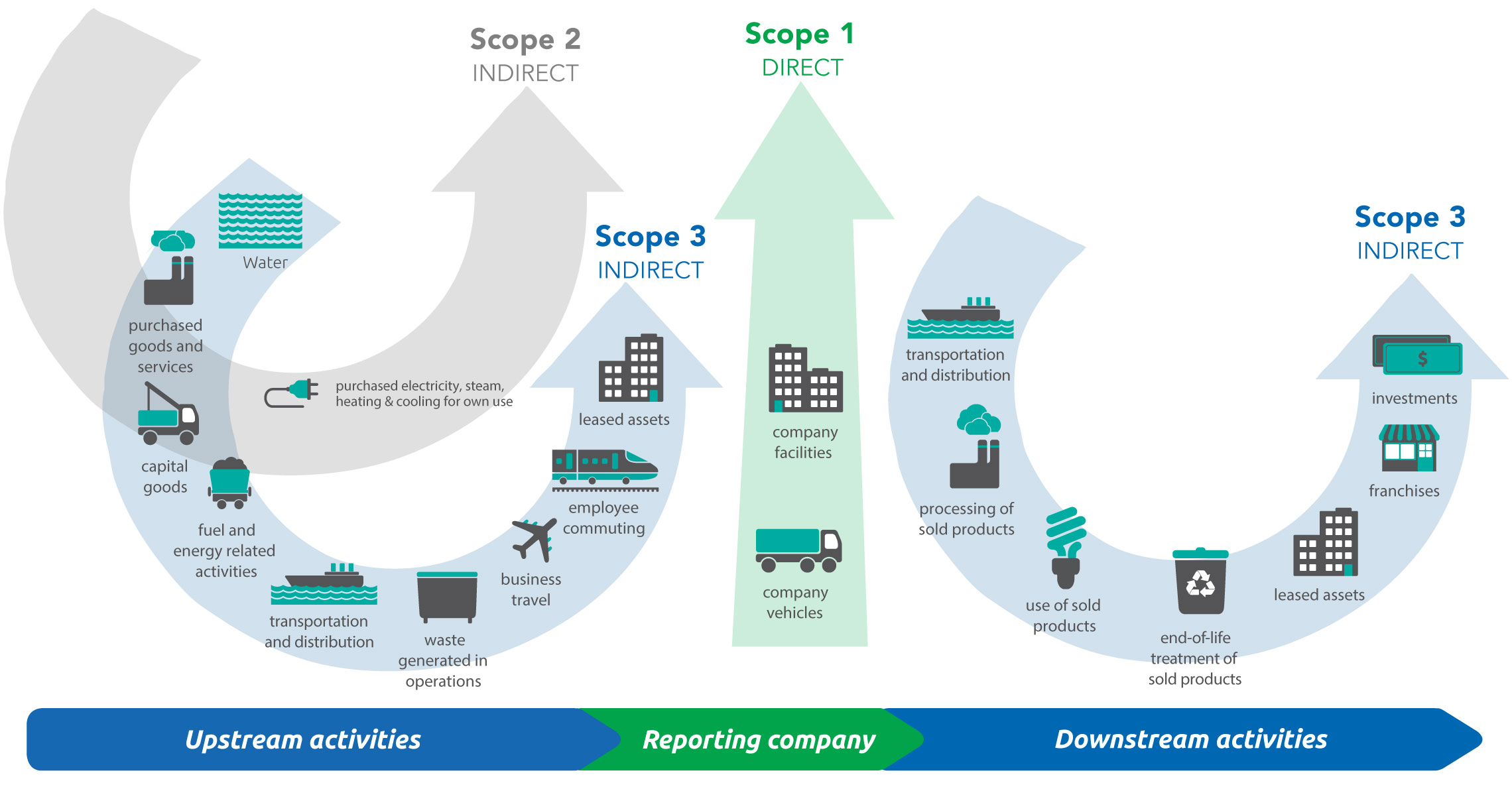Scope 3 Categories

Scope 3 emissions include Upstream and Downstream emissions categories. You should include all that are relevant to your organisation and you would like to include in your footprint.
Click the for more information on each category.




